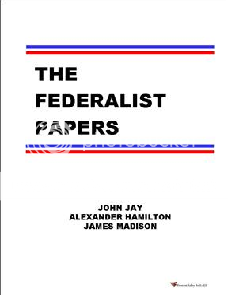RealWorldGraduation_Question_41_US_Currency <– PDF
The basic currency unit of the United States is called the dollar. The word “dollar” is a modification of the word “taler”, which is a nickname for “thaler”, which was the name of a coin minted by the Dutch which contained one ounce of 0.999 pure silver. Therefore, a dollar was originally devised in 1786 to designate a coin containing 375.64 grains of pure silver. There are 480 grains in a troy ounce, so the dollar consisted 0.7825 troy ounces of silver. There are 31.103 grams per troy ounce, and therefore the dollar was 24.3406 grams of pure silver. Silver was traditionally regarded as 1/15th the value of gold, hence the dollar, although defined in silver, was equivalent to 1.622 grains of gold.
In 1834, the U. S. government decided to reduce the weight of gold in the gold coinage, so it altered the value of silver to be 1/16th of the value of gold, thus one dollar was devalued to 1.521 grams of gold. This put the dollar implicitly on a gold standard, although coins of both types circulated (and the dollar remained at 0.7825 ounces of silver).
In 1900, the dollar was formally converted to a gold standard, in which one dollar was worth 23.195 grains (which is 0.0483 troy ounces or 1.503 grams) of pure gold. The dollar was thus valued at 20.694 dollars per troy ounce.
In 1934, the dollar was devalued to $35 dollars per troy ounce of gold (13.71 grains or 0.02857 troy ounces or 0.8886 grams).
In modern times, dollars are issued as paper Federal Reserve Notes by a consortium of private banks acting as a central bank, called the Federal Reserve Bank. The dollar is backed by the “full faith and credit of the United States Government”. Therefore, the paper dollar, while itself is nothing more than paper and ink, is simply a representation of real value. How is the “full faith and credit of the United States Government” manifested when redeeming the paper dollars (in other words, for what things of value may paper dollars be exchanged at any Federal Reserve Bank)?
a) Gold, at the rate of 1/16th troy ounce per dollar
b) Silver, at the rate of 0.7825 troy ounces per dollar
c) Stock in the Federal Reserve banks
d) Land held in trust by the Government, mostly in the western states
e) The citizen may choose either gold at 0.02857 ounces per dollar per the 1934 gold standard, or silver at 0.7825 ounces per dollar per the revised 1834 silver standard.
(See the answer on p. 2 of the PDF.)



